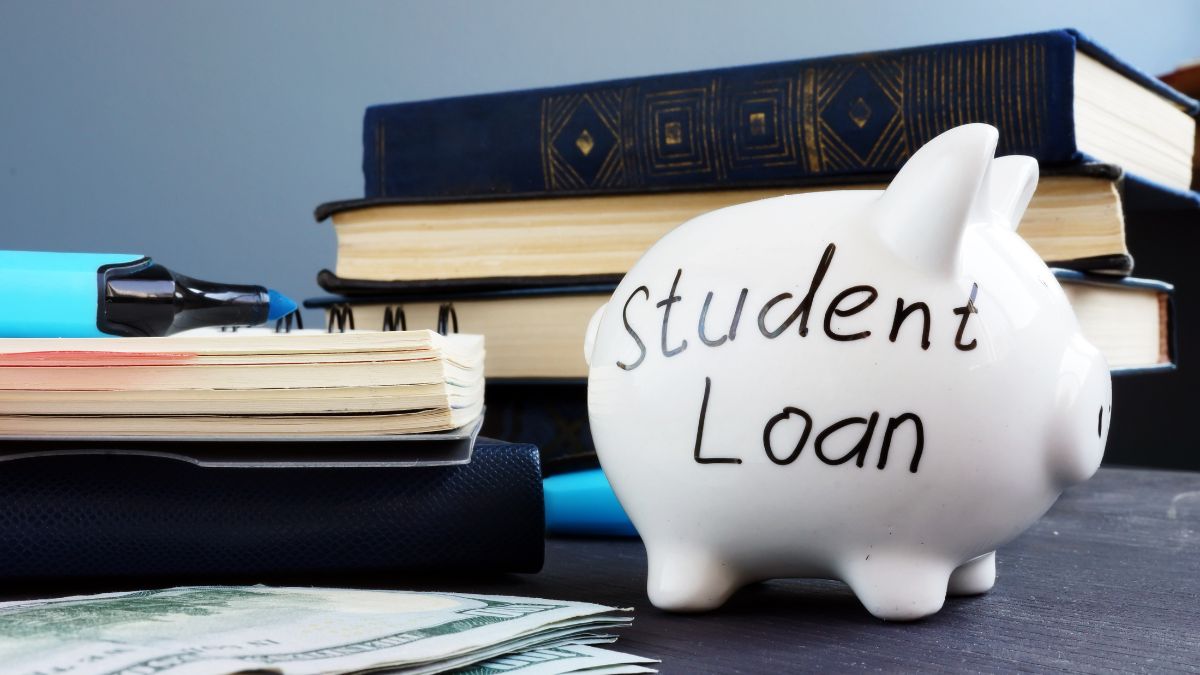As part of its continued efforts to ease financial burdens on borrowers, the U.S. Department of Education has launched a student loan forgiveness window for 2025, with a firm application deadline of July 30. The initiative especially focuses on low- and middle-income borrowers under income-driven repayment plans.
Collections on Defaulted Loans to Resume
The U.S. Department of Education has officially announced that the Office of Federal Student Aid (FSA) will resume collections on defaulted loans beginning this year. This marks the end of a pause that began in March 2020, originally implemented during the COVID-19 crisis.
According to officials, restarting collections is necessary to ensure that taxpayers are not burdened with the costs of unpaid federal student loans. These loans were voluntarily accepted by borrowers to fund their postsecondary education, and the government now aims to bring accountability while still offering relief pathways.
Forgiveness Tied to Biden Administration’s Broader Debt Relief Strategy
This renewed collection effort is part of the Biden administration’s broader strategy to reduce or cancel student debt for millions across the country. Borrowers who qualify can receive partial or complete cancellation of their federal student loans, depending on their individual situation.
The forgiveness programs are particularly focused on borrowers enrolled in income-driven repayment (IDR) plans, and aim to provide lasting relief for those facing long-term repayment challenges.
Who Qualifies for the 2025 Loan Forgiveness?
Eligibility for the 2025 loan forgiveness programs depends on a few key factors:
Repayment History
Borrowers must be on an income-driven repayment plan and should have made consistent payments over a set period. Some programs require borrowers to have paid for at least 10 years.
Type of Loan
Only federal student loans are eligible. This includes:
- Direct Subsidized Loans
- Direct Unsubsidized Loans
- Direct PLUS Loans
- Direct Consolidation Loans
Private loans do not qualify for forgiveness under this program.
Employment Sector
Borrowers working in public service sectors such as education, healthcare, nonprofit organizations, military, or government roles may qualify under specific forgiveness initiatives like the Public Service Loan Forgiveness (PSLF) program.
Applicants must also ensure that their income tax records and loan payment history are accurately updated in the Federal Student Aid (FSA) system before applying.
How Much Loan Can Be Forgiven?
The amount of debt forgiven varies by the program a borrower qualifies for. Here’s a breakdown of common programs:
- Public Service Loan Forgiveness (PSLF): Forgives 100% of the remaining loan balance after 120 qualifying monthly payments. This typically ranges between \$5,000 to \$20,000 or more.
- Income-Driven Repayment (IDR) Adjustment: Offers forgiveness based on time enrolled in an IDR plan, often after 20 or 25 years of qualifying payments.
- SAVE Plan (formerly REPAYE): Targets undergraduate loans with longer forgiveness timelines but lower monthly payments.
- COVID-19 Payment Correction: A one-time adjustment for borrowers who faced disruptions during the pandemic.
How to Apply for Student Loan Forgiveness
Applying for student loan forgiveness involves a few essential steps:
1. Find the Right Program
Research and compare available forgiveness options to identify which one suits your employment background, loan type, and repayment history.
2. Gather Required Documents
Depending on the program, you’ll need to provide specific documents. For instance:
- PSLF applicants must submit an employment certification form.
- Other programs may request proof of full-time employment, income documentation, or loan payment history.
3. Complete the Application
Most programs allow you to apply online via the Student Aid website. However, some may require you to mail a physical application.
4. Track Your Application Status
You can monitor the status of your application by logging into your Federal Student Aid account and clicking on “View All Activity”, or by contacting your loan servicer.
Major Loan Forgiveness Programs You Should Know
If you are overwhelmed by student debt, these major forgiveness programs could provide significant relief:
Public Service Loan Forgiveness (PSLF)
To qualify, you must:
- Be employed full-time by a government or nonprofit organization.
- Make 120 qualifying monthly payments (usually over 10 years).
- Repay your loans under a Standard 10-Year Plan or an income-driven plan.
Income-Driven Repayment (IDR) Forgiveness
This is ideal for borrowers with lower incomes. Key plans include:
- Pay As You Earn (PAYE)
- Saving on a Valuable Education (SAVE) – formerly known as REPAYE
- Income-Based Repayment (IBR)
- Income-Contingent Repayment (ICR)
After 20–25 years of qualifying payments, the remaining balance may be forgiven tax-free.
Teacher Loan Forgiveness
Teachers working in low-income schools may be eligible for \$5,000 to \$17,500 in forgiveness. Eligible loans include:
- Direct Subsidized/Unsubsidized Loans
- Federal Stafford Loans (Subsidized and Unsubsidized)
Applicants must submit the Teacher Loan Forgiveness application online.
No Fees, No Third Parties—Apply Directly
The Department of Education does not charge any application fees, and you do not need to hire a third-party representative to apply. All applications can be submitted directly via the official Student Aid portal.
Act Fast—July 30 Deadline Is Final
Borrowers looking to take advantage of the 2025 forgiveness programs must submit their applications before July 30, 2025. The Department has clearly stated this as a non-extendable deadline.
With time running out, eligible borrowers are strongly encouraged to act now. Delaying even by a few days could mean missing out on thousands of dollars in loan forgiveness.
